English photographer and filmmaker Dean Chalkley (represented by Lo And Behold) has a reputation for being one of the nicest guys in the industry, and when he answers the phone, within seconds his infectious energy and charisma pour out. He barely pauses for breath during our hour-long call and peppers the conversation with lively anecdotes and colourful analogies.
Over the past twenty years, Chalkley has built a reputation as one of the finest and most respected photographers of music and culture. He has photographed everyone from Daft Punk to Simon Cowell, Scarlett Johansson, Oasis, Jarvis Cocker, and The Cure, and shot for brands including Levi’s, Ray-Ban, Sony Music, and Adidas. Just the other week he was photographing DJs for the BBC, he says, and recently he published a book of his work, One.
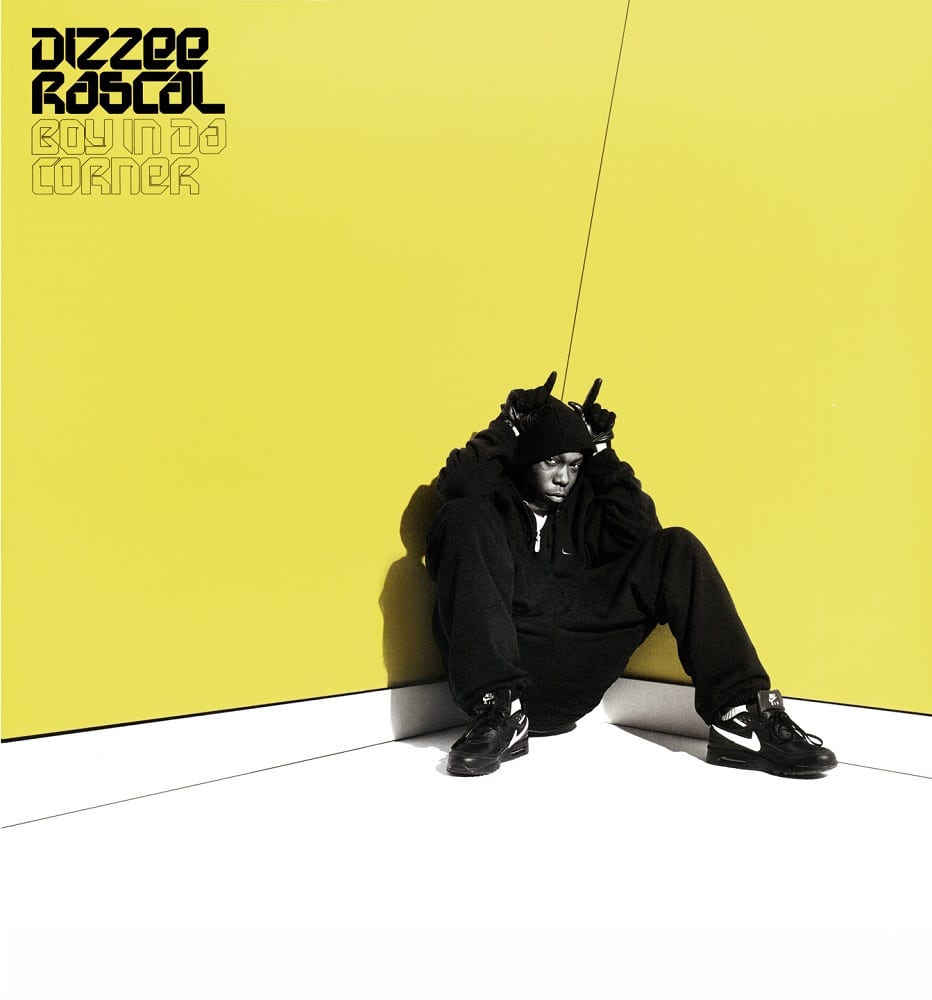
At college Chalkley learnt how to develop negatives and make prints, and while he came up through the ranks using film, digital photography inevitably caught his eye. He noticed a shift in the industry in terms of client expectations, he says, and found himself intrigued by the creative possibilities of a digital workflow. Crucially, working digitally allowed him to see what he was shooting, which boosted the creative dialogue with his subjects. “There will be times during a shoot when I look [at the images] and we talk about what we’re doing,” he says. “You have to be able to use the tools and know where you’re heading, but also allow yourself to be free.”
For Chalkley, it’s about having the best software at his disposal. For him, as for most photographers, he says, Adobe Photoshop is an incredibly powerful part of his workflow. “Before Photoshop was acknowledged in the way it is today, there were a few [post-processing] systems about, but then Photoshop really came through [and has become] a very important tool for photographers… It’s about being logical, looking and thinking, ‘what’s going to help me deliver my message?’”
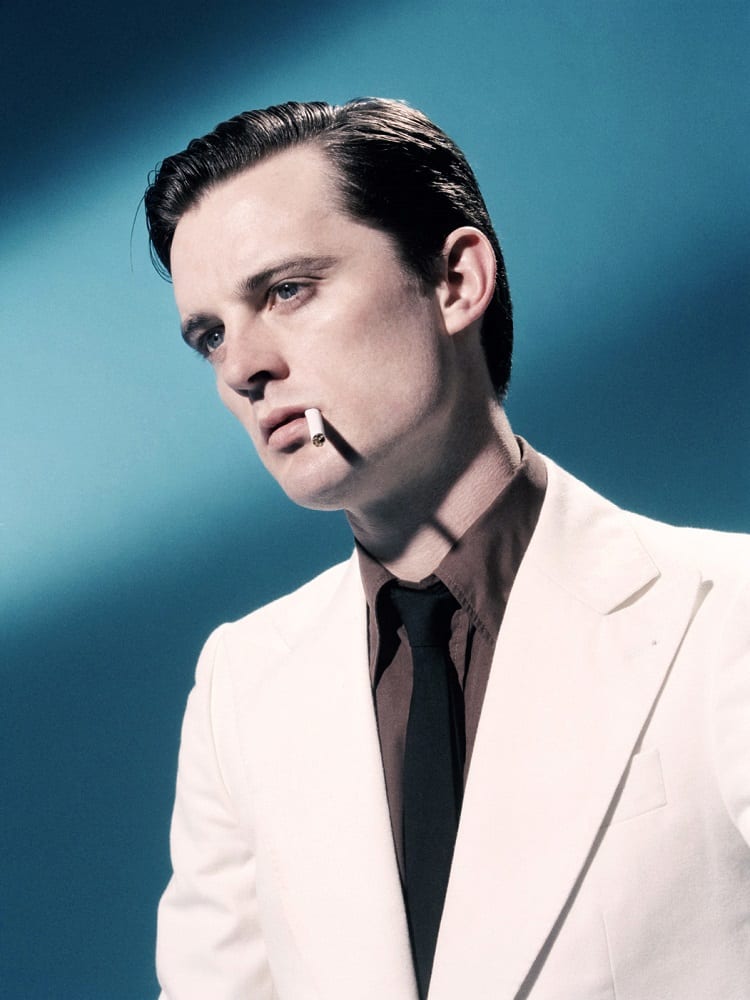
saying it is a good thing because it has “brought together Photoshop and Lightroom
with Adobe Illustrator, Premiere Pro, and InDesign into one creative community”.
Quite often Chalkley will work with a retoucher, but says he also enjoys working on his images in post. When he does work with retouchers, he’s really hands-on and guides the process. “I’ll always have a dialogue, whether I’m sitting next to the retoucher or exchanging emails. I’ll mark up the images and together we’ll refine them.”
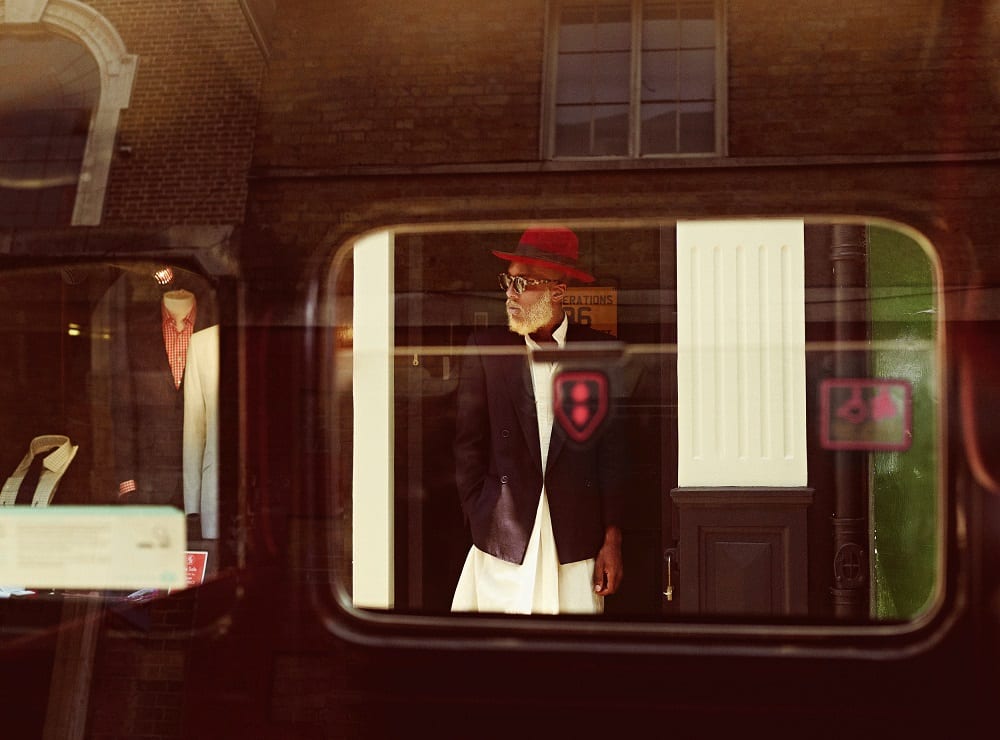
Photography ©Dean Chalkley / Creative Direction Harris Elliott
Ultimately for Chalkley, post-processing is about bringing out what he saw and captured at the time. “I imagine how the shot will look, but use the post side of things to amplify or tune it even more. It can take the image into a more dramatic place, but at the same time can be subtle… We are living in a period of ultimate choice, and it’s different strokes for different folks, [but] everything is valid.”
Like Chalkley says, post-production is a support mechanism to help you deliver a message. As in Chalkley’s work, this makes tools like Adobe Photoshop and Lightroom an integral and powerful part of a photographer’s workflow. Check out Adobe Learn, a resource center by Adobe providing a rich source of information that will help you create, from getting started as a beginner to refining and improving your craft and workflow as an expert.
The Return of the Rudeboy: The Filmic Aesthetic
Chalkley’s personal project The Return of the Rudeboy, with creative direction from Harris Elliott, explores the resurgence of the ‘Rudeboy’ vintage style. The selection of images below show how he has used post-production to achieve a vintage effect inspired by the look and feel of the much-adored, and now discontinued, film Kodachrome.
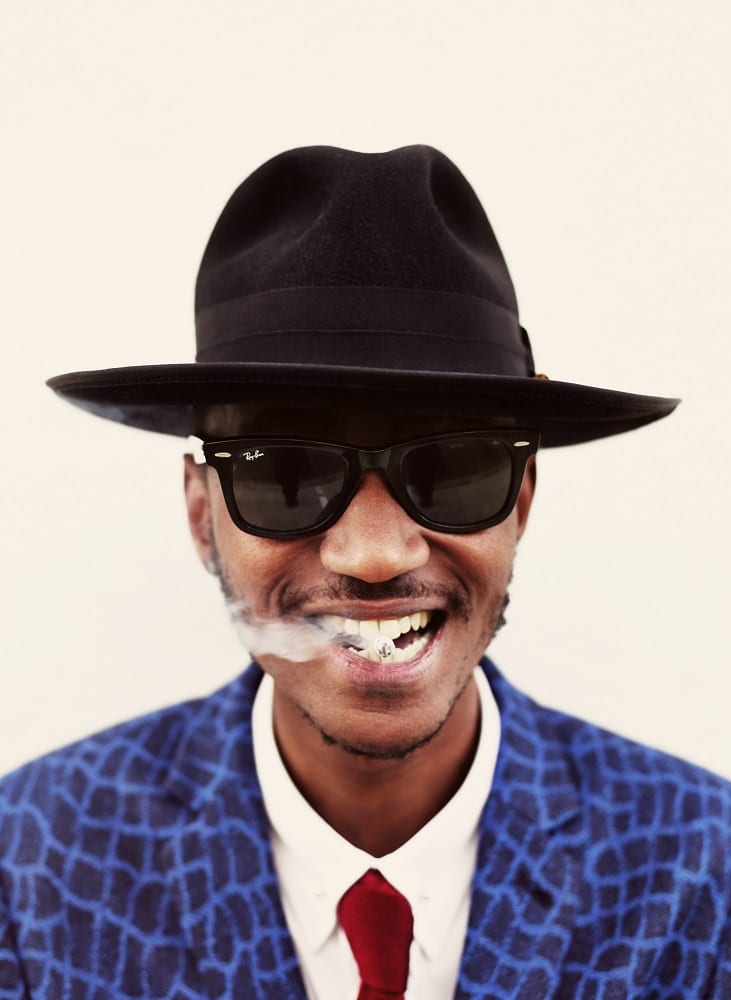
Photography ©Dean Chalkley / Creative Direction Harris Elliott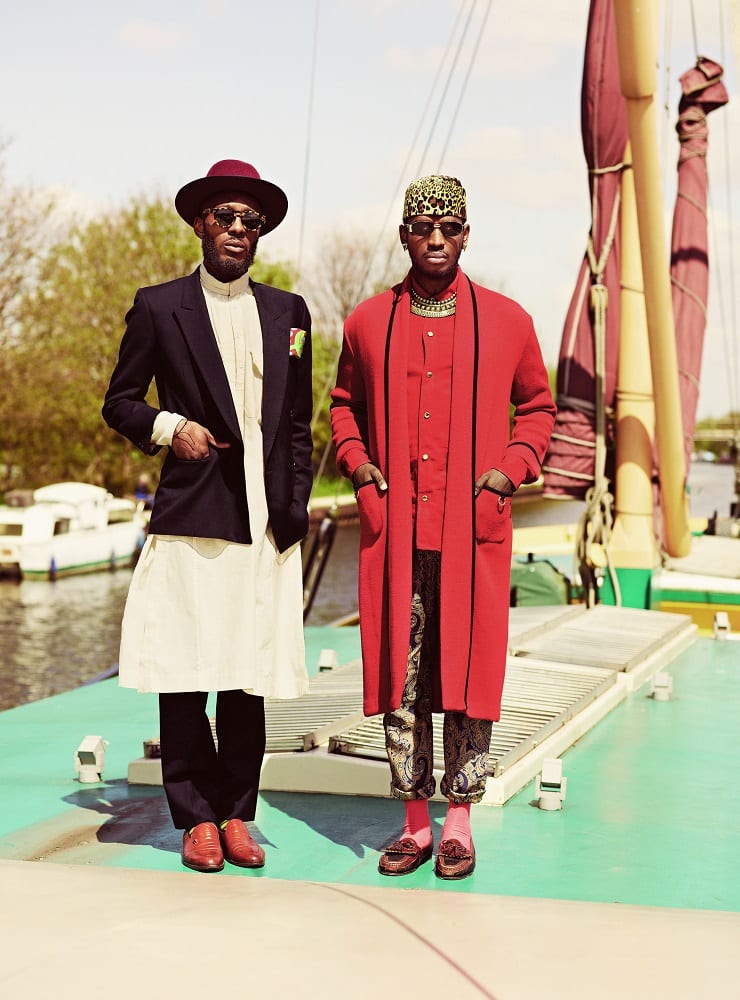
Photography ©Dean Chalkley / Creative Direction Harris Elliott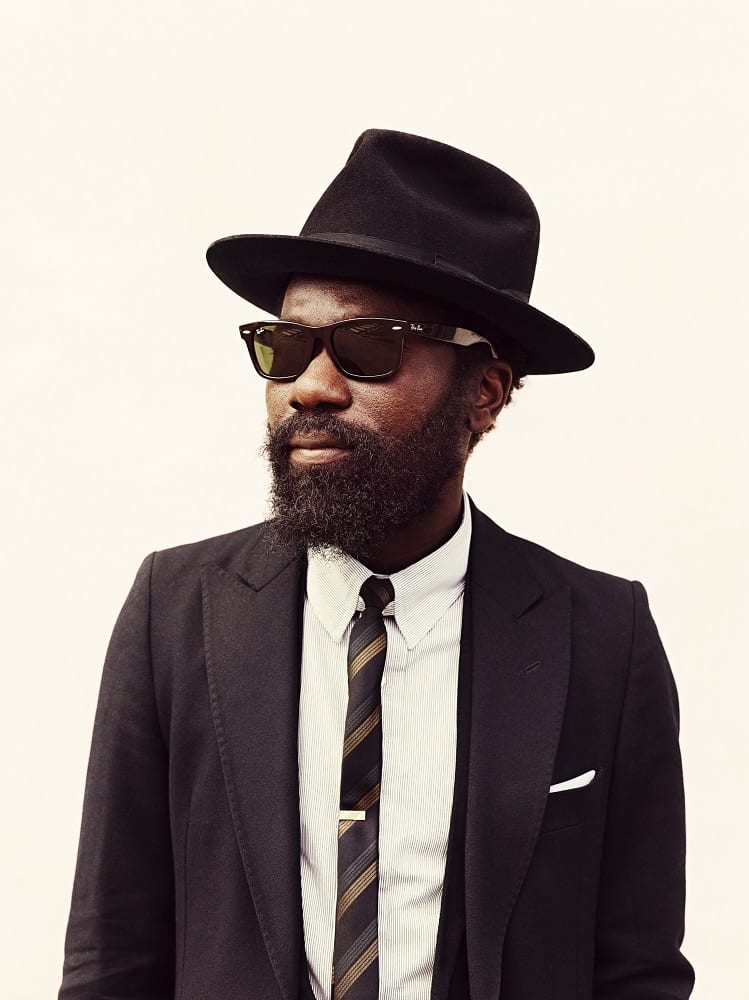
Photography ©Dean Chalkley / Creative Direction Harris Elliott
Tailoring Post-Production To The Subject Matter
Chalkley also uses post-production on his commercial work in a similar vein, by amplifying what’s already there and matching the aesthetic to the personality of the sitter and the context of the shoot. Like Chalkley says above, “I want the viewer to feel what I’m trying to express through the picture. There might be a base tone introduced that makes you feel a particular way, to [create] a mood or atmosphere.” See a selection of Chalkley’s commercial work below:
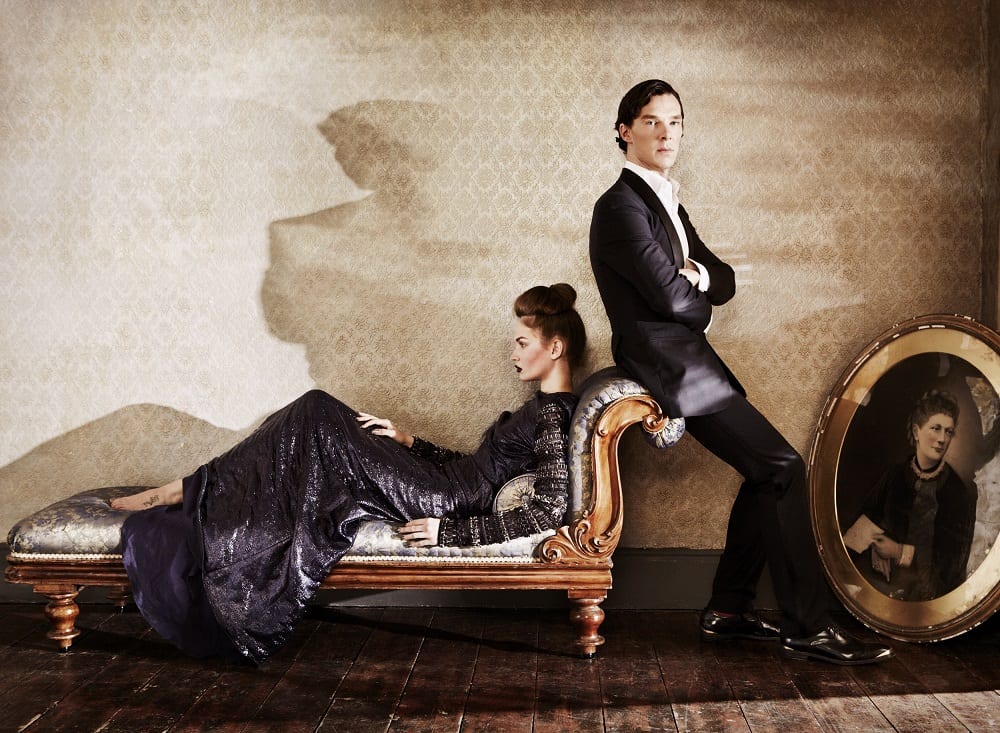
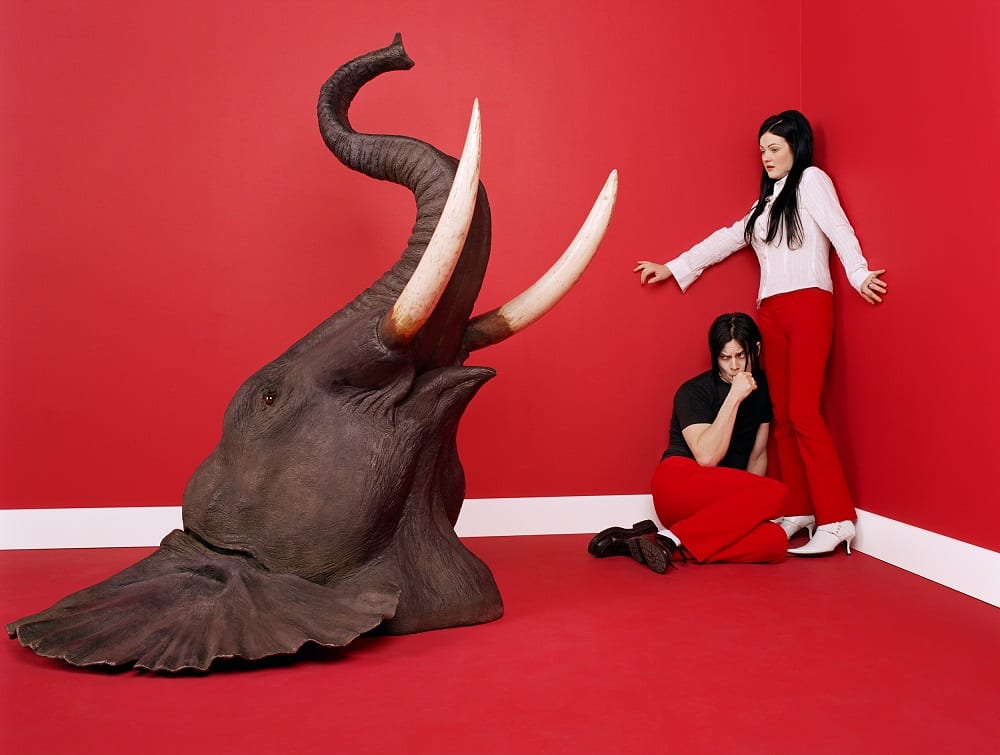
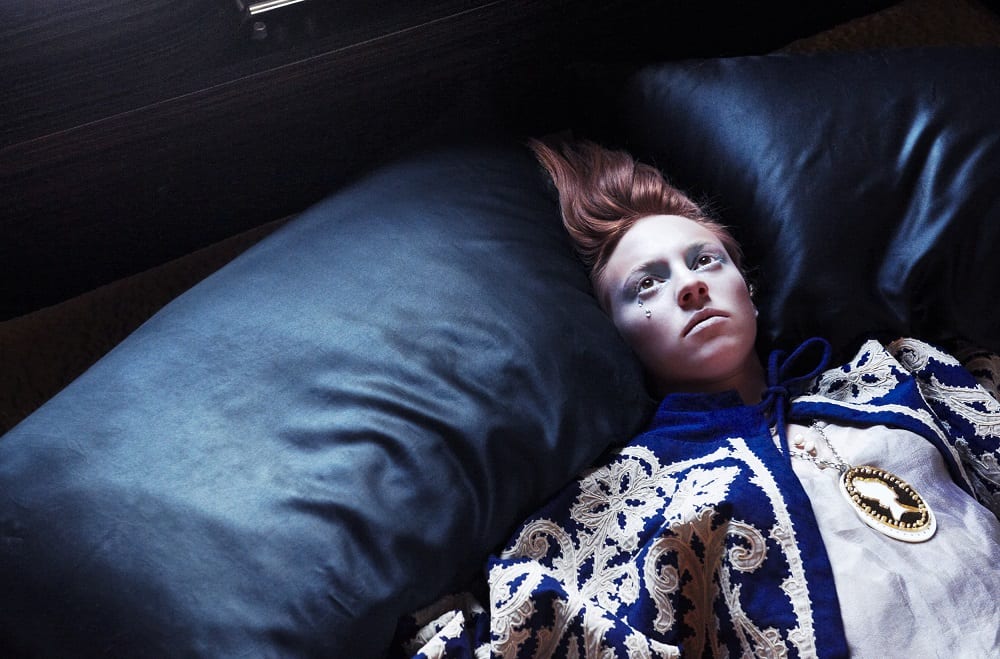
Make your best shots even better with Adobe’s Creative Cloud Photography plan. With all the photography essentials, such as Lightroom and Photoshop, you’ll have the world’s leading tools to help you craft incredible images every day, everywhere – whether you’re a beginner or a pro. Find Out More.
